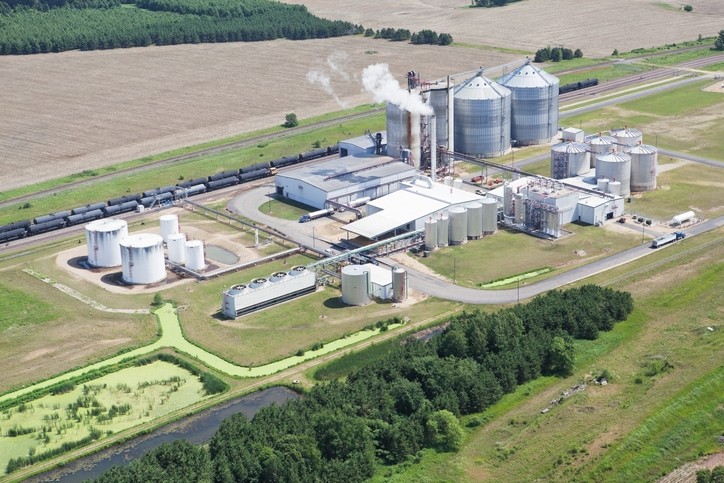Biofuel demand pushing US ethanol production higher

Both US and EU wheat prices were under pressure yesterday, said that UK team, with their noting a marginal loss in Paris rapeseed as well.
Meanwhile, logistics challenges persist in relation to Black Sea grain exports.
“A backlog of vessels carrying grains are waiting for inspection in Turkish waters, with additional vessels reportedly waiting to join the grain corridor initiative, pointing to ongoing issues around its functionality. Yet despite the delays, the Ukrainian Agrarian Council yesterday noted that grain shipments are expected to be 8% higher in October relative to the previous month,” commented CRM Agri analysts.
The Americas
In the US, they noted wetter-than-normal conditions are hindering the speed of harvesting operations.
Rainfall is continuing to support wheat and soybean crops in Argentina, but the country is still struggling with the worst drought in over 40 years, said the agri-commodity market specialists.
Rain has been falling in parts of Brazil and will continue in Central and Southern regions throughout the weekend. The first corn crop in Southern Brazil has reached 65% planted while soybeans are reported to have reached 34% planted.
Ease in commodity prices expected
Looking to overarching trends, and the EU Commission’s MARS October report finds the autumn weather has helped 2022/2023 summer crops and the planting of 2023/2024 winter crops in most areas across Europe.
Meanwhile, the World Bank’s biannual Commodity Market Update identified ongoing worries around global economic demand conditions and expects them to weigh on agricultural prices. It also noted that elevated input costs are projected to remain a drag on food producers going forward.
“As the global growth slowdown intensifies, commodity prices are expected to ease in the next two years, but they will remain considerably above their average over the past five years.
“Energy prices are expected to fall by 11% in 2023 and 12% in 2024.
“Agricultural and metal prices are projected to decline 5 and 15%, respectively, in 2023 before stabilizing in 2024.
“This outlook, however, is subject to numerous risks both in the short- and medium-term. Energy markets face an array of supply concerns as worries about the availability of energy during the upcoming winter intensify in Europe. Higher-than-expected energy prices could pass through to non-energy prices, especially food, prolonging challenges associated with food insecurity. A sharper slowdown in global growth presents a key downside risk, especially for crude oil and metal prices.”







